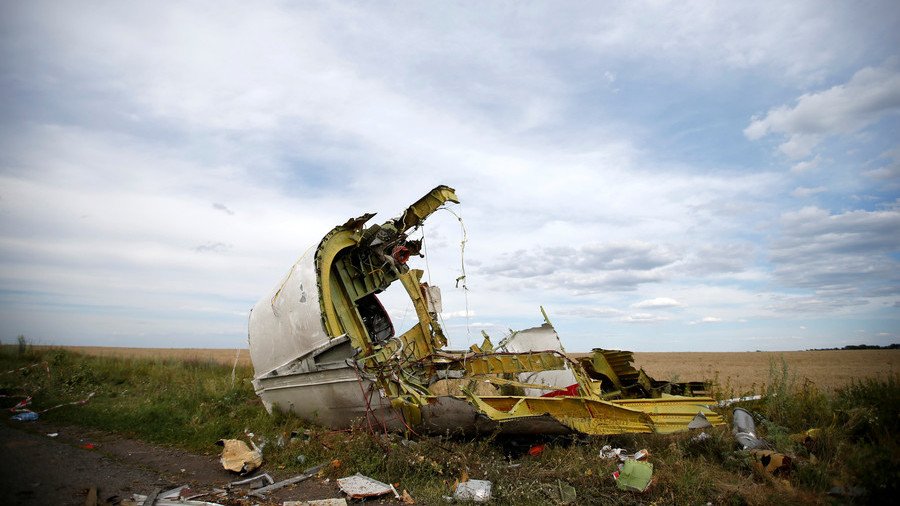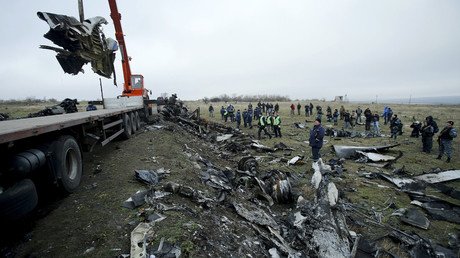Russia held ‘responsible’ for downing MH17 by Australia & Netherlands, Moscow questions probe

The Netherlands and Australia declared Russia “responsible” for deployment of a missile system that downed flight MH17 over eastern Ukraine in 2014. Earlier, the Dutch-led probe said the system belonged to a unit in W. Russia.
Following Thursday’s press conference by the international Joint Investigation Team (JIT), “the Netherlands and Australia are now convinced that Russia is responsible for the deployment of the Buk installation that was used to down MH17.” Both countries now “hold Russia responsible for its part in the downing” of the flight.
Moscow has earlier denied the claims made by the Dutch-led team.
“Not a single anti-aircraft missile system of the Russian Armed Forces has ever crossed the Russian-Ukrainian border,” the defense ministry said in statement.
The MoD accused the team of ignoring and rejecting “the testimony of eyewitnesses from the nearby Ukrainian communities” which recalled that the missile came from the area controlled by the Ukarianian forces. The ministry also reminded that it provided the prosecutors with “comprehensive” evidence, including field tests indicating the involvement of the Ukrainian Buk anti-aircraft system units in the shooting down of the plane.
During the Thursday briefing, the investigators for the first time presented parts of the Buk missile said to be found in eastern Ukraine. However, the JIT admitted that it can’t yet say “with certainty” that the parts in question belong to the missile allegedly launched from the same Buk that hit the MH17.
Investigators also failed to disclose exactly where and when these parts were retrieved, the Russian Defense Ministry said. The MoD further explained that the serial number spotted on engine’s casing showed that the missile was manufactured in 1986 during Soviet times, while the warranty period for such missile types can reach 25 years at most.
After the expiry date passes, all missiles get decommissioned and scrapped due to safety concerns. So, if the missile did come from the Russian Army, it would have been out of service since 2011, the defense ministry claimed. The officials pointed out that after the collapse of the Soviet Union, Ukraine acquired about 20 Buk batteries, and hasn’t received any new missiles since.
Therefore, the only reason why the Dutch-led investigation team doesn’t clarify where the missile parts came from is because they “highly likely originated from the Ukrainian armed forces,” the Russian Defense Ministry said.
If you like this story, share it with a friend!















